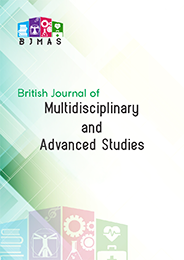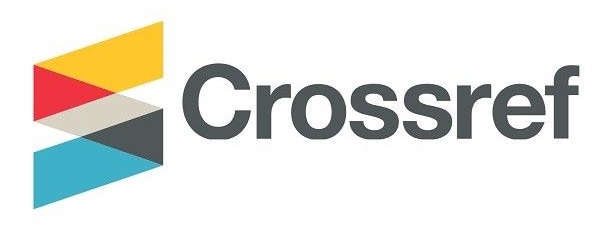Gender Inequality in Youth Employment in Urban Ethiopia: Trends and Policy Implications
DOI:
https://doi.org/10.37745/bjmas.2022.0494Abstract
The issue of employment for youth and women is a matter of concern as these groups tend to be disadvantaged in the labour market. This paper attempts to investigate the changes in distribution of youth labour participation and wage gaps in urban market based on gender. The study employed a mixed quantitative and qualitative research approach. Gender wage gap and Employment Outcome Estimation models applied. The Urban Employment Unemployment Survey (UEUS) cross-sectional data collected annually, over the 2003 to 2018 period, is used as the main source to provide new evidence on the distribution of gender inequality in youth employment in urban Ethiopia. Further, qualitative data is collected from 10 key informants from government institutions. The findings indicate that wage employment is dominated by male workers over the last two decades while vulnerable employments and unpaid family works are dominating by the young female. The gender wage gap has been widening over the last two decades suggesting the young female workers have benefit little from the labor market opportunities. The wage gap was more due to unexplained factors than the explained ones (differences related with choice of industry and occupation, education and potential experiences). Based on the findings the following recommendations are forwarded: Information dissemination system for young women regarding the labor market should be improved, work on societal norms and values that encourage gender discrimination, government should apply its coercive power to enforce policies to minimize employment gender discrimination, the education system should be skilled-based with provision of entrepreneurial skills trainings to student.
Downloads
Downloads
Published
Versions
- 30-05-2024 (2)
- 30-05-2024 (1)












